Let’s talk Guided Math Mini Lessons! During my first year teaching I shifted from teaching only whole group math to a Guided Math Workshop approach. Today I wanted to share with you a few tips for the whole group component of Guided Math: The Math Mini Lesson.
I LOVE the Guided Math Workshop structure in 1st grade because it allows me to:
- Meet with all of my learners in a small group every day
- Make math hands-on and engaging for my students
It was seriously the best teaching decision I’ve made! Each day we have a whole group lesson, guided math rotations and centers, small group instruction, and a share time to close the workshop.
You can read more about our Guided Math Block in 1st Grade in this Blog series!
- Part 1: Getting Started with Guided Math
- Part 2: Launching Guided Math at the Beginning of the Year
- Part 3: The Math Mini Lesson
- Part 4: Small Group Instruction: Everything You Need to Know
- Part 5: Guided Math Rotations
- BONUS: 4 Tips for Managing Math Centers
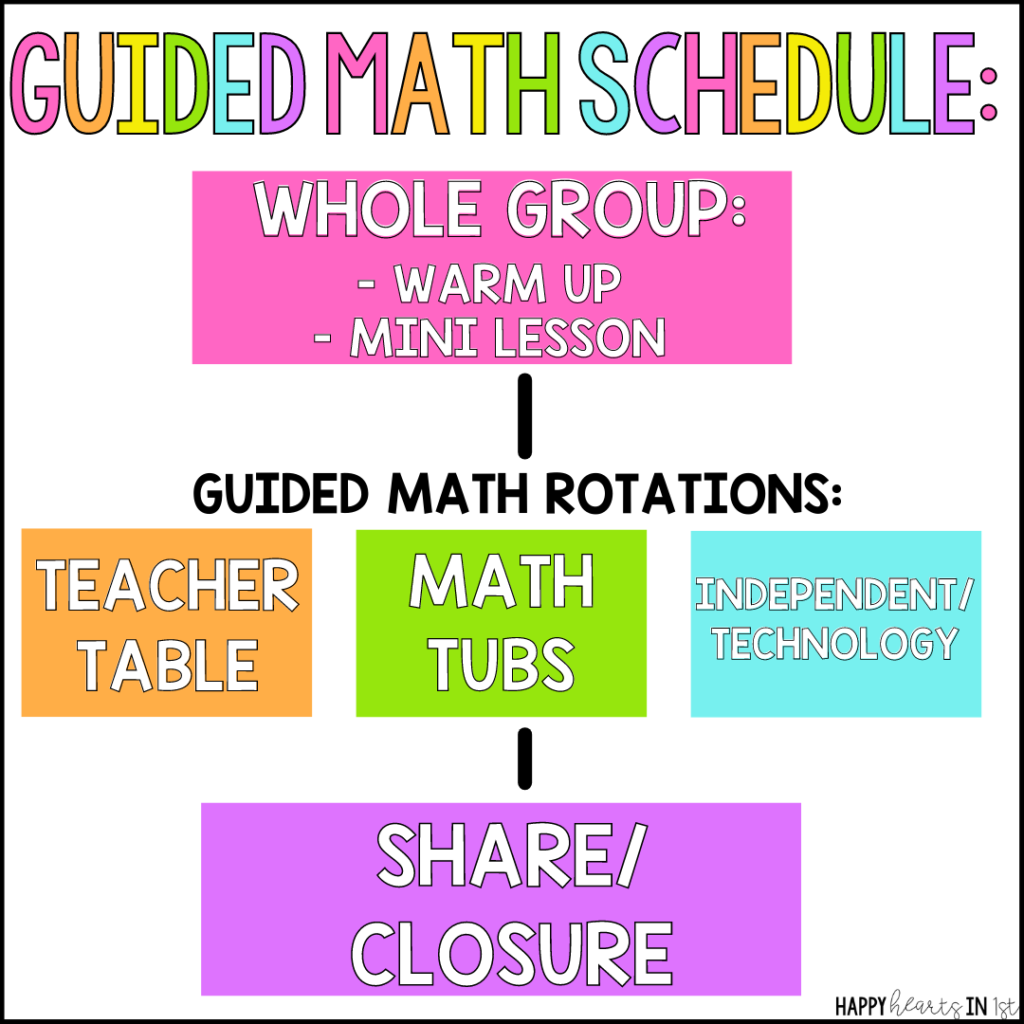
What is a Math Mini Lesson?
The first part of our daily Guided Math time is the Math Mini Lesson. This is the time when I am teaching our first grade standards to all of my students in a whole group setting. Mini lessons are important because they help to create a community of mathematicians in our classroom!
It is important to remember that Mini Lessons are MINI. I keep my lessons between 10-15 minutes. This keeps students engaged and gives plenty of time for the most important part of Math Workshop: Small group instruction (where the real magic happens!)
I like to think of the math mini lesson as an introduction to the skill. Not all students are going to master the skill during the mini lesson, and that’s okay! That is what small groups are for! The mini lesson is simply to introduce, model, and quickly practice a math skill or strategy. It gives students exposure so we can really dive in deep during small group time.
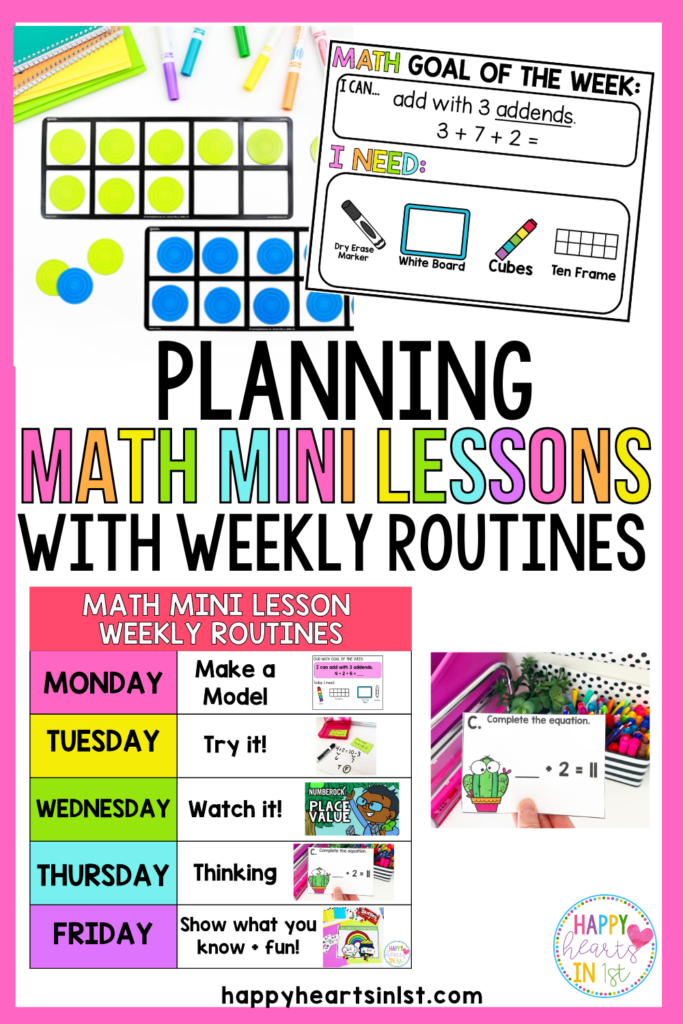
What does Math Mini Lesson time look like?
I love gathering my students on the rug for math mini lesson time! This allows them to see the smart board or anchor chart easily. My students have assigned spots on the rug next to a partner. This partner is who they turn and talk with when it is time to share strategies!
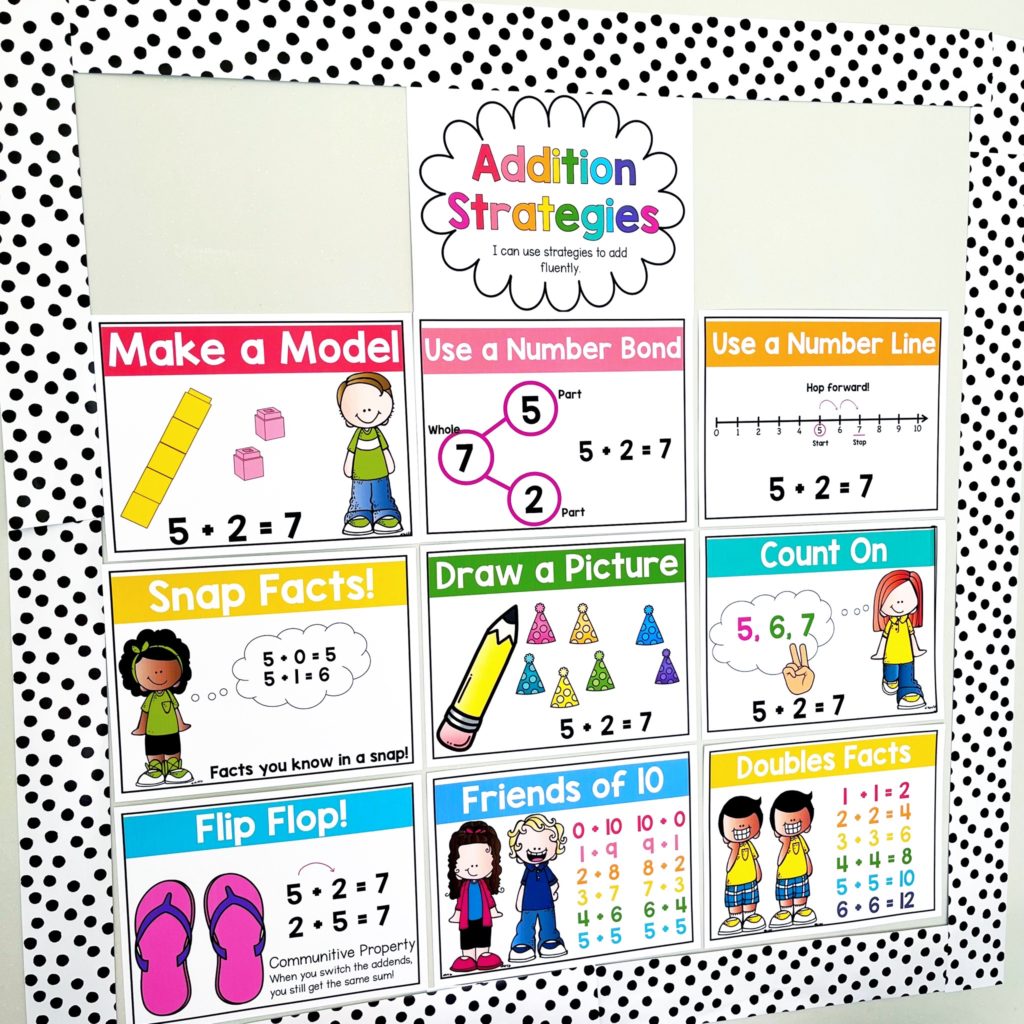
We spend a lot of time going over expectations for our whole group time together! Some of the procedures we practice include:
- Sitting and using whole body listening
- Raising hands to participate
- Sharing strategies with a math partner
- Putting work under the document camera to explain their thinking with the class
- Keeping any materials on the floor (and out of hands!) until it is time to use them!
Planning Math Mini Lessons with Weekly Routines
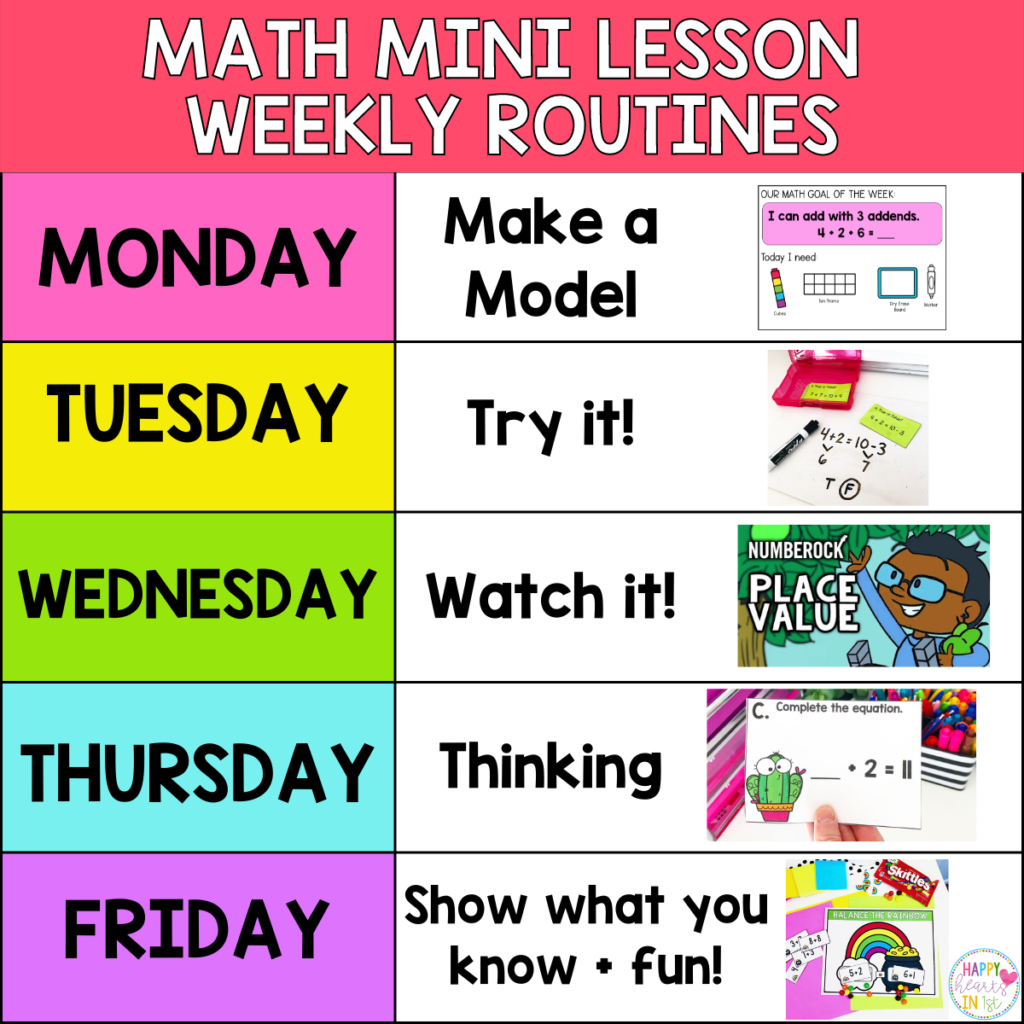
When planning my mini lessons, I always start with the end goal in mind. What do I want students to be able to do at the end of the week (or unit)? Then I break up that goal into smaller steps for each day.
I LOVE all things routine in my classroom! And math mini lessons are no different! I’ve found that creating weekly routines for my daily mini lessons has helped me to streamline my planning and have structure in my math block.
Planning with weekly routines saves me tons of time each week!
IMPORTANT NOTE! I don’t follow these routines exactly every single week. Sometimes I need to move things around or switch things. BUT, having a general outline that I follow has saved me so much time when lesson planning!
You can grab my lesson planning template for FREE here!
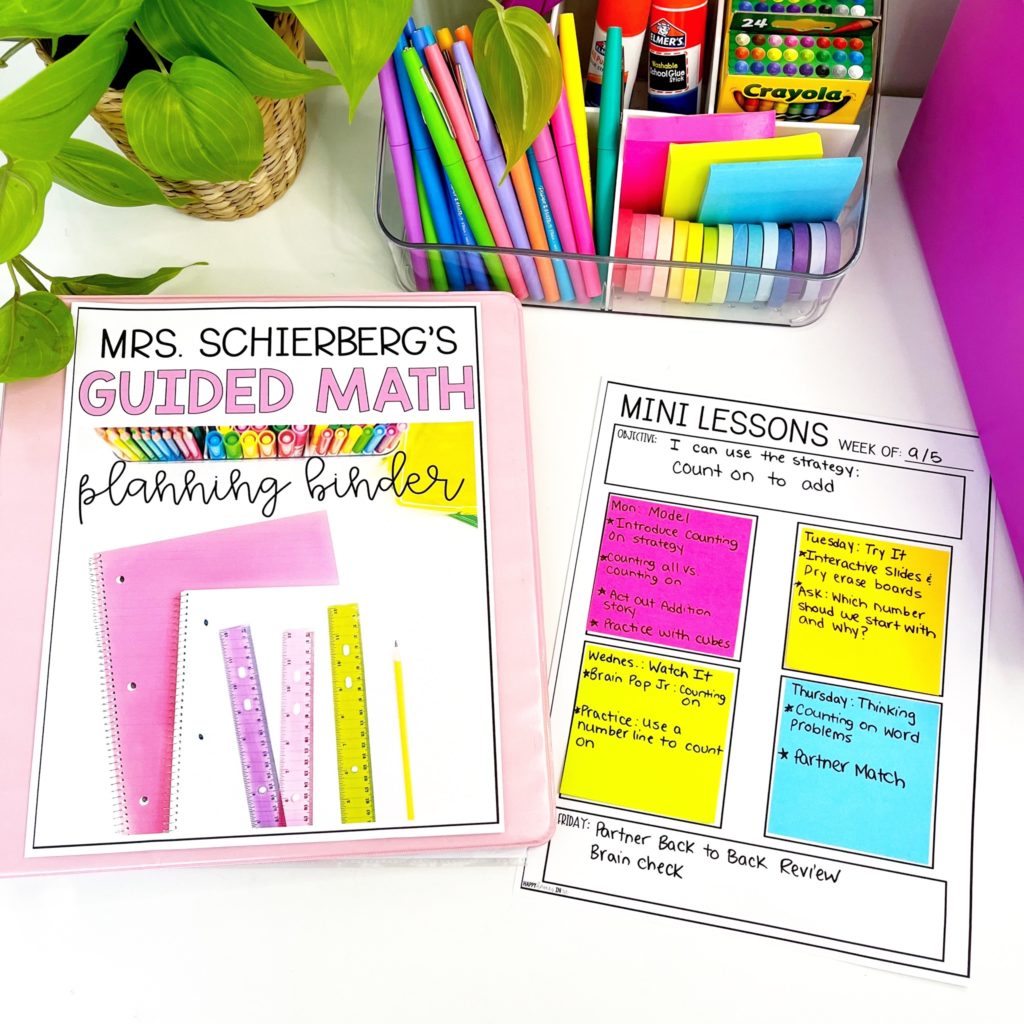
First a couple things that we do every single day:
Math Mini Lesson Warm Up: 5-10 Minutes
I like to start our math workshop each day with a warm up to get our brains ready for math! We don’t spend too much time on the warm up, but it’s so important to spiral back and review previously taught skills!
Some activities I use for my math warm ups:
- Number Sense Using a 120 Chart – Count by 5s and 10s, practice 10 more 10 less, Guess my Mystery Number
- Review previously taught skills like place value, time, and money
- Solving Numberless Word Problems
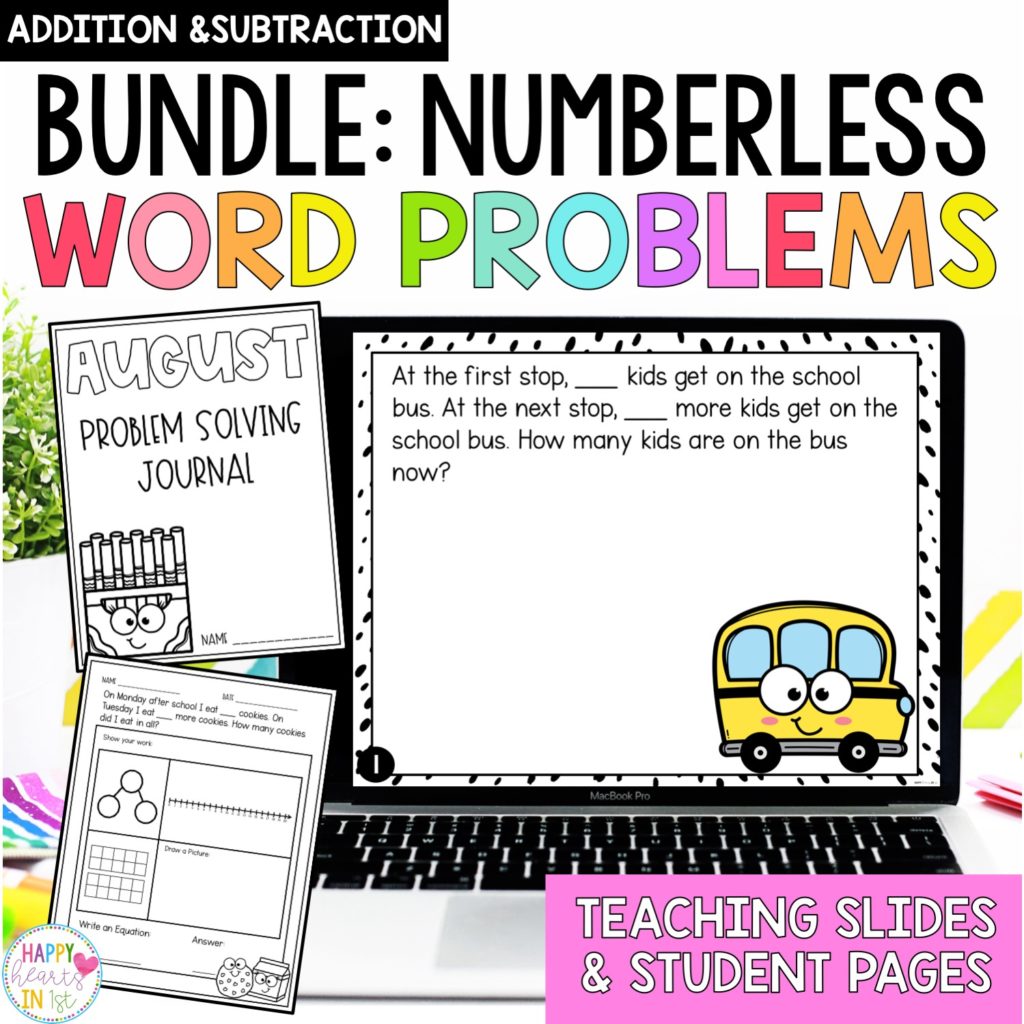
You can grab Numberless Word Problems for the whole year here!
Math Goal: Learning Objective
Another Daily part of our Math Mini Lesson is reading and discussing our math goal (or math objective) of the week! I display this on a slide on our smart board.
We refer back to our math goal constantly! I have it displayed when students come to my teacher table for small group instruction, and I have it posted with our other learning objectives in our classroom. I want students to really understand what the math goal means- not just memorize it!
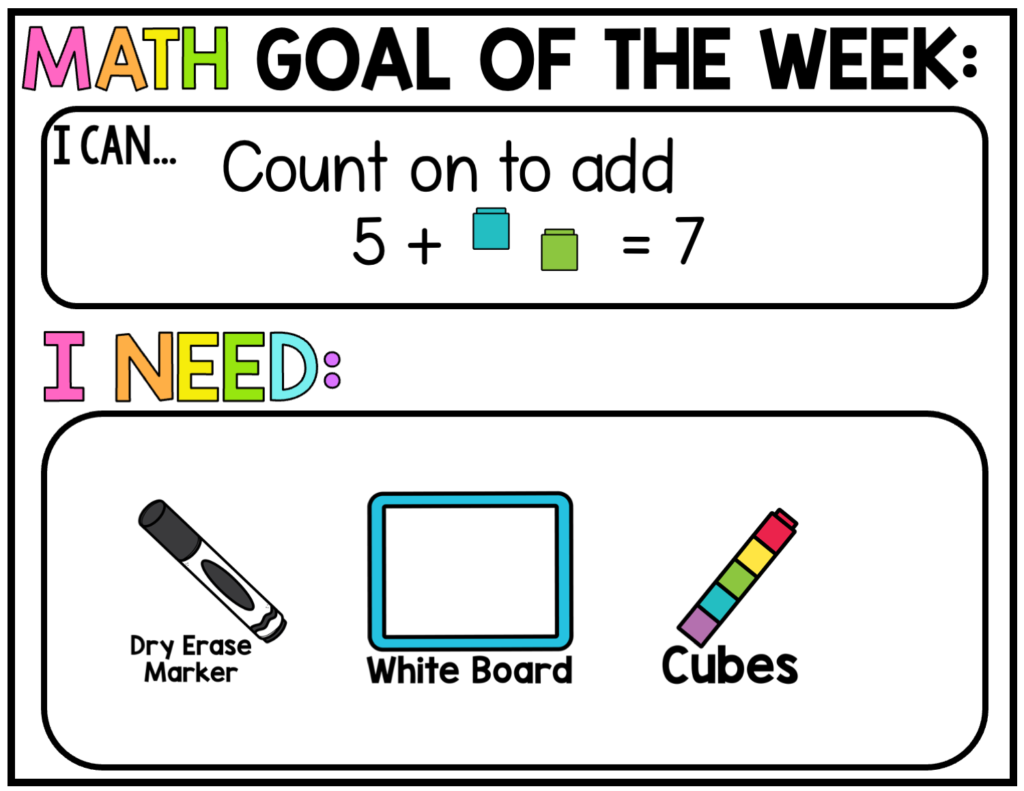
I also love these slides to display the supplies my students need to have out for the mini lesson!
Math Tool Kits
At the beginning of the school year, I like to give all my students a small Math Tool Kit with some simple math tools and manipulatives. These are items that they can use during our Math Mini Lesson time or when they are working independently. It’s SO nice for them to have easy access to the tools rather than passing them out each time.
You can grab the math tool kit for free here!
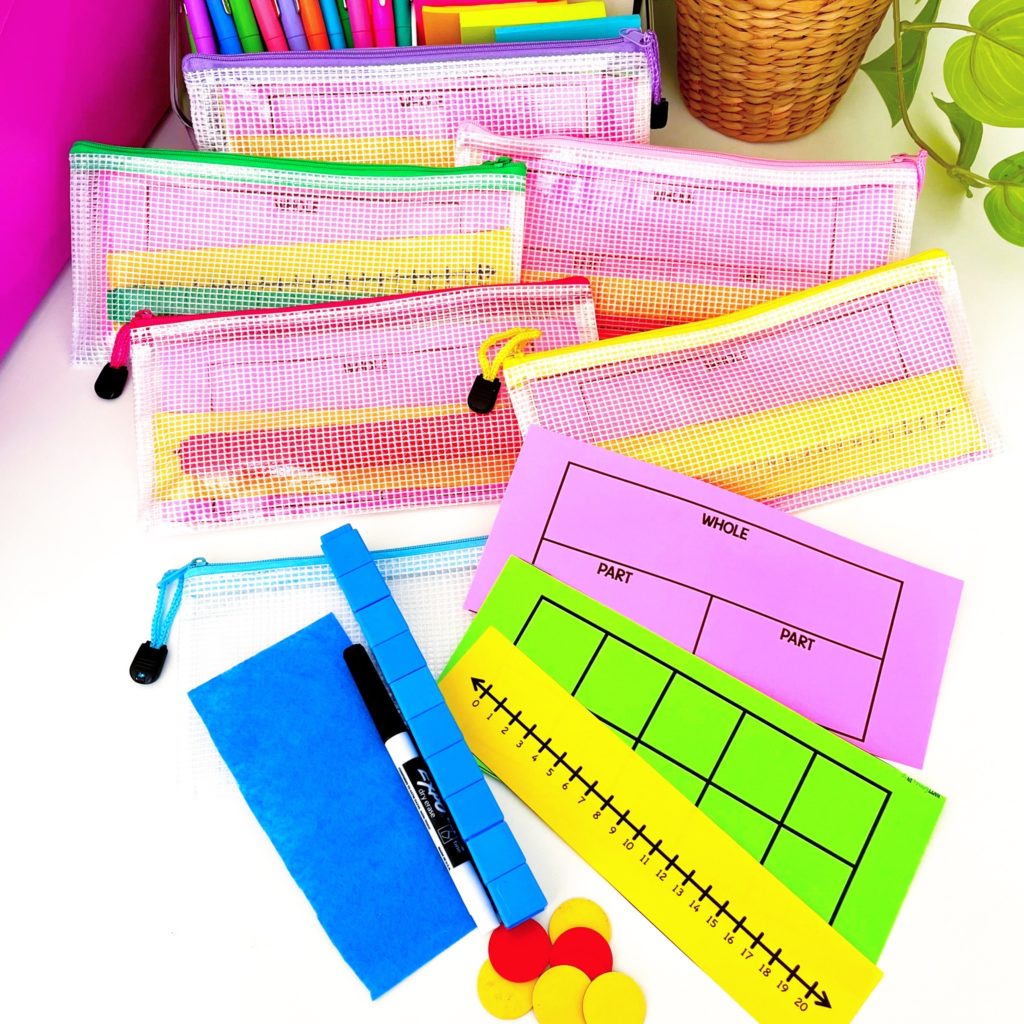
We also review important math vocabulary words that are relevant to our unit and lesson. I try to add motions and movement to vocabulary instruction whenever I can!
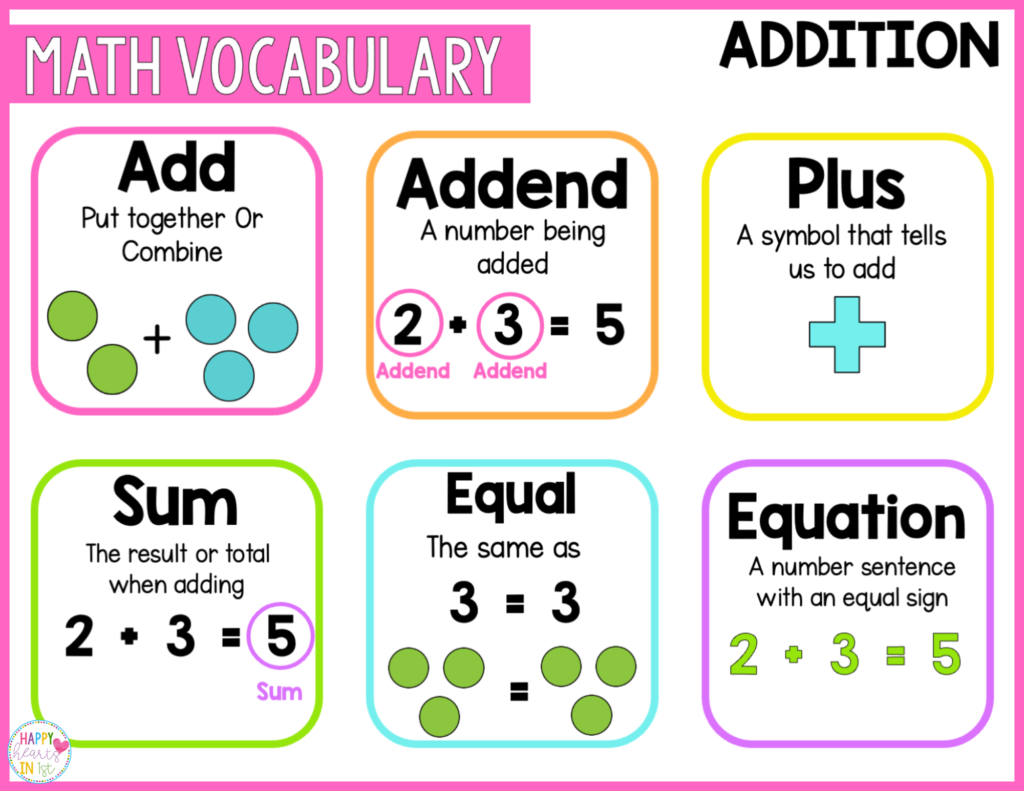
Weekly Mini Lesson Routines
Monday Make a Model
When introducing a brand new math skill, it is so important for students to start with concrete understanding. Acting it out and making a model is the perfect way to do this! I like to have students get out of their seats to model a math process.
Some examples:
- Have students act out a story problem to practice counting on!
- When teaching missing addends using 10 frames, make a life-size 10 frame on the rug with masking tape and have students represent the numbers in the story problem.
- Use hula hoops to introduce number bonds and part-part whole strategy.
- When introducing fact families, have students wear number necklaces to act as the different parts of the equation.
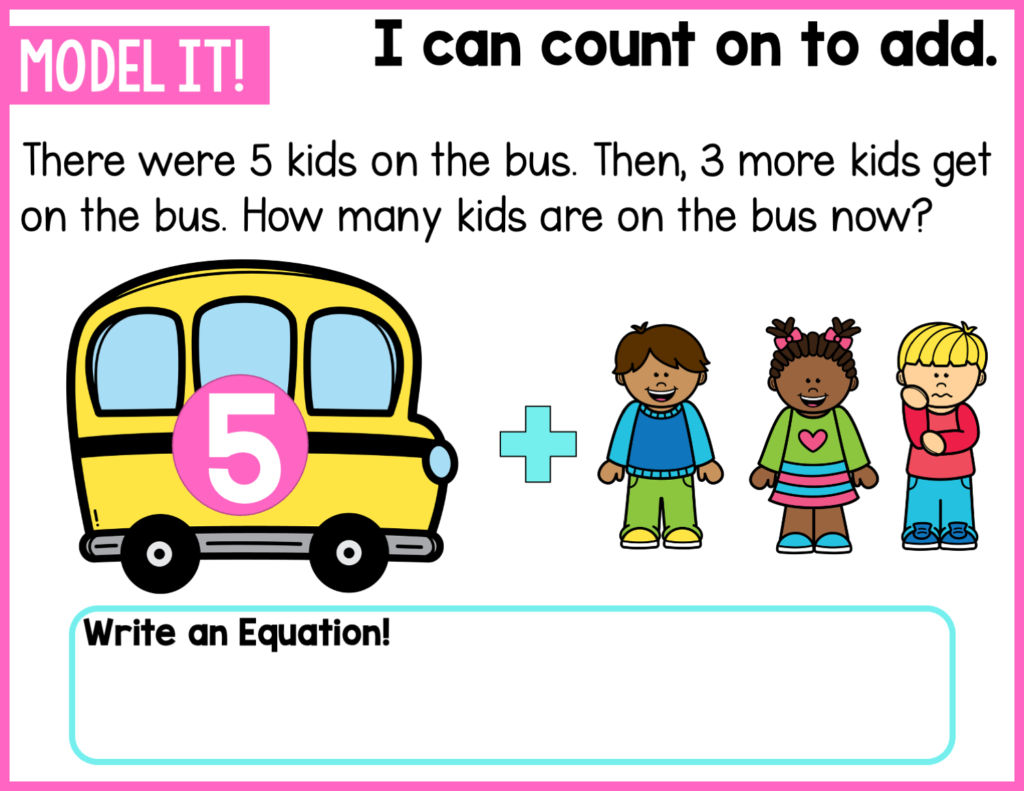
I love to bring out all the props to make this exciting for students, but it can be simple too! Sometimes making a model just looks like cubes under the document camera or online math manipulatives from Math Learning Center.
I always make sure to model my math thinking for students and then give them a chance to try it out before we head to our small groups! We use a lot of interactive slides on the Smart Board to practice skills!
Tuesday Try It
On Tuesdays I love to do some interactive practice on the math skills with my students! This usually involves dry erase boards!
My students are so much more engaged when practicing skills when using dry erase boards! After modeling a strategy, I put practice problems on our smart board and students will complete them on their dry erase boards. Usually we will do a quick turn and talk to explain our work to our math partner and then I call on a few students to share their thinking with the class. I always make sure to call on students who solve the problem in different ways so that students can see different strategies!
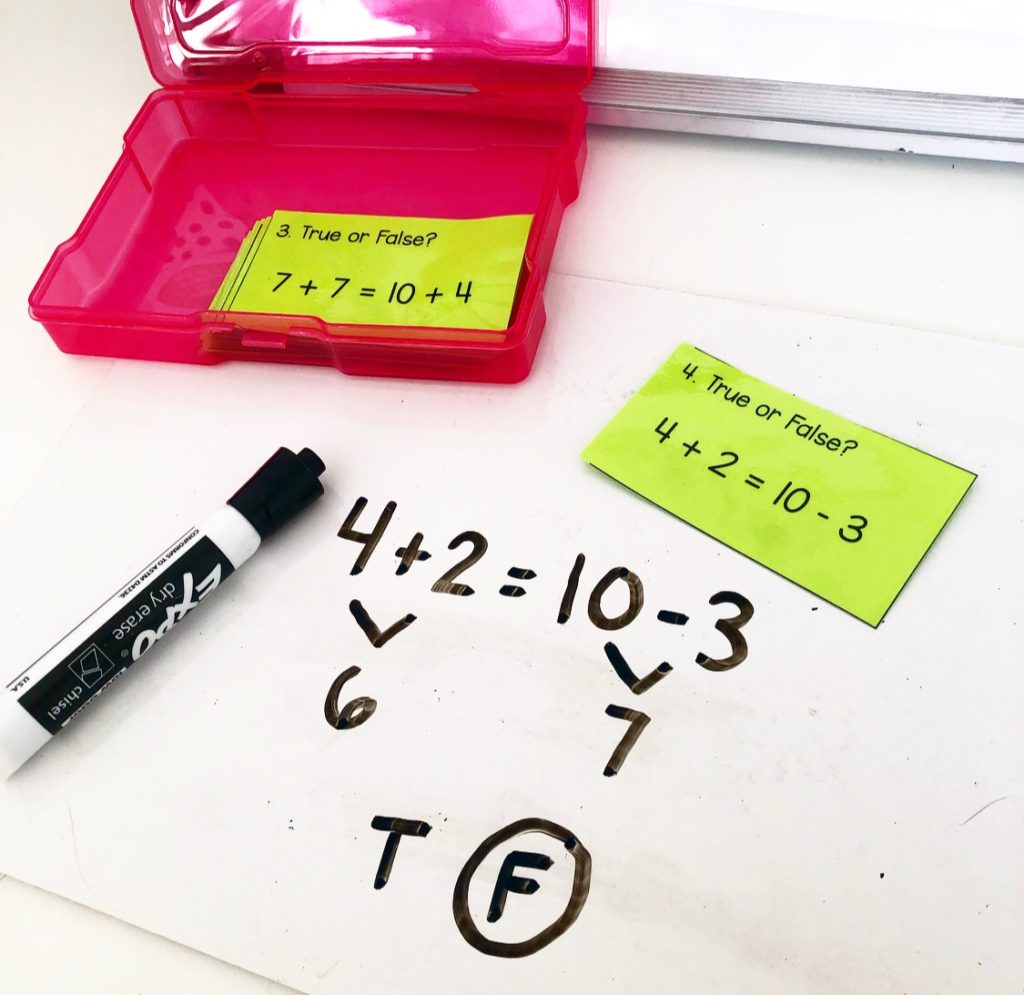
Wednesday Watch It
Use short videos and songs
I love showing students little video clips and songs during math mini lessons! Some of my favorites are:
- Number Rock on Youtube – Their place value song is probably the most catchy song I have ever heard in my life. My kids would beg to listen to it every day and knew every single word. Warning: It will 100% get stuck in your head.
- Brain Pop – Sometimes I watch these just to get ideas for my mini lessons! I love how concisely they explain concepts and the math language they use! My students love watching these and at the end of the week we’ll do the Quiz that goes with the videos on our dry erase boards.
After watching, we’ll apply what we’ve learned!
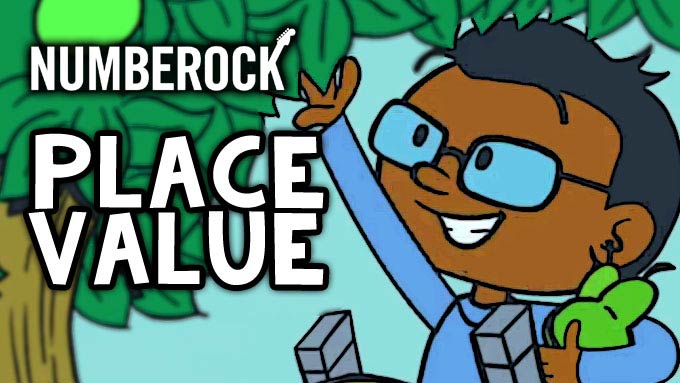
Thursday Thinking
Towards the end of the week, I like to do some cooperative learning games during our math mini lessons. A few of my favorites:
- Find My Partner with Math Match Cards
For Find My Partner (also called Hand Up Stand Up Pair Up), I give each student a card. When I say go, all students stand up, put one hand up and walk around the classroom. They find a partner and high five. Partners check to see if their cards are a match. If they are, they sit down together. If not they say, “Maybe next time” and continue walking around with a hand up looking for a new partner. This continues until all partners are matched up!
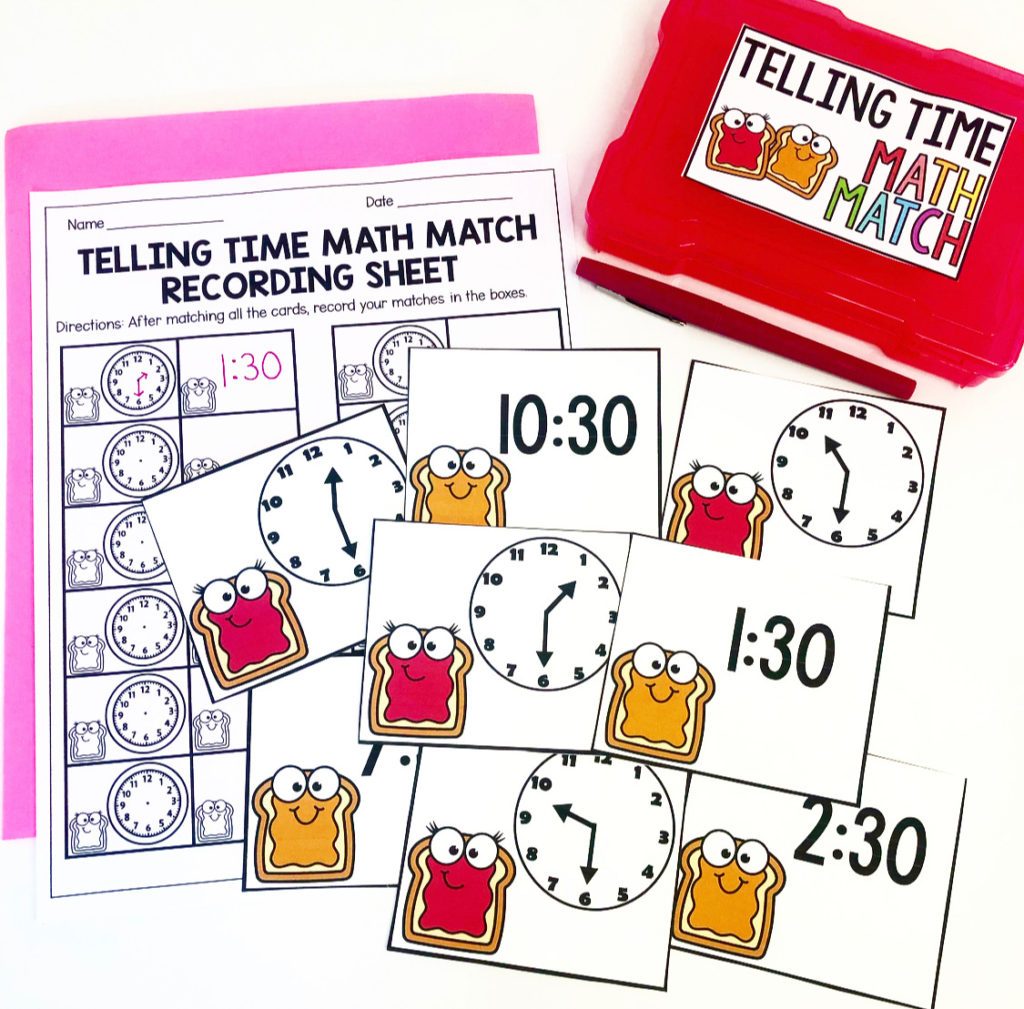
- Back to Back
Students sit back to back with their math partners (sometimes we do this right after we play Find My Partner!) I’ll give students a problem and they’ll solve it individually, then we’ll count to 3 and they’ll turn around and share their work with their partner!
- Quiz Quiz Trade
I give each of my students a task card. Students walk around our classroom with one hand up. They find a partner and give a high five. Students then quiz each other on their task cards. Once both partners have solved the task card, they trade cards and move on to find a new partner. I love this game because all students are engaged and participating!
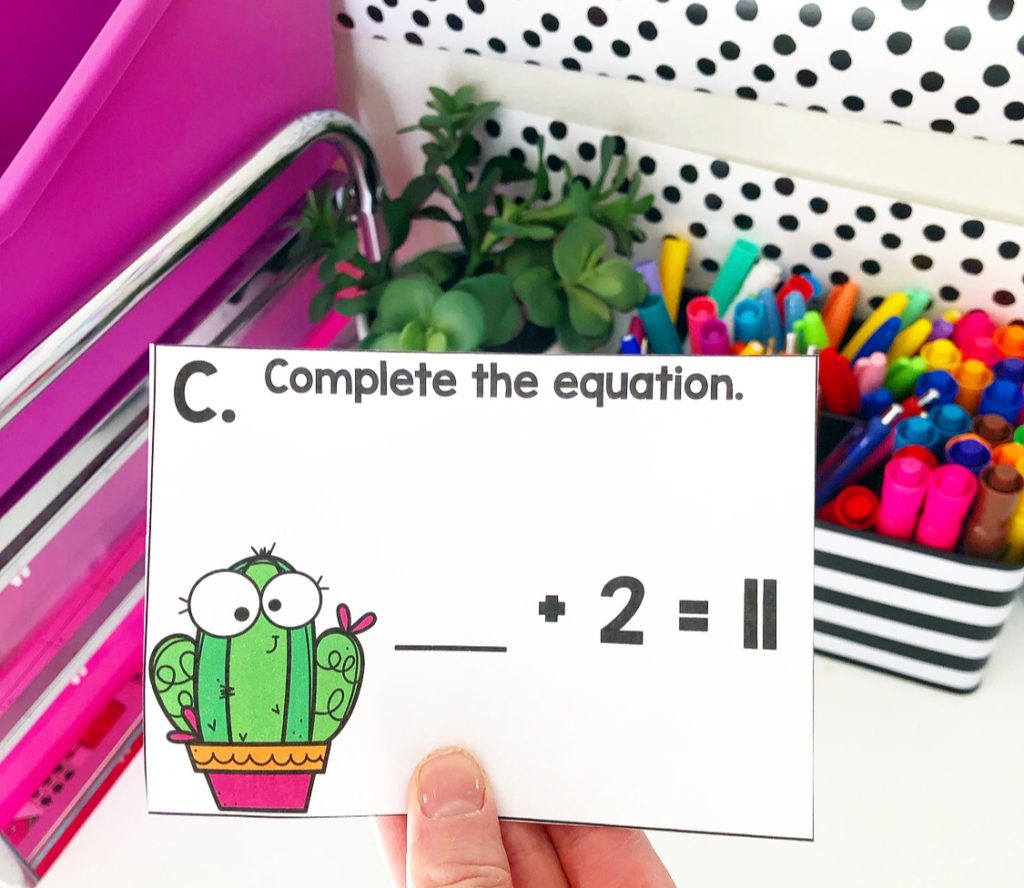
Friday Show What You Know + Some Fun!
On Fridays, we usually don’t have our normal workshop structure. Instead, we use Fridays as a review and assessment day. Students take a brain check or assessment over the math standards we’ve been working on during the week. These are used to take as a grade and to inform my future instruction!
Plus, I like to add some Fun to our Fridays! I love having my students do math crafts or math mats with a partner!
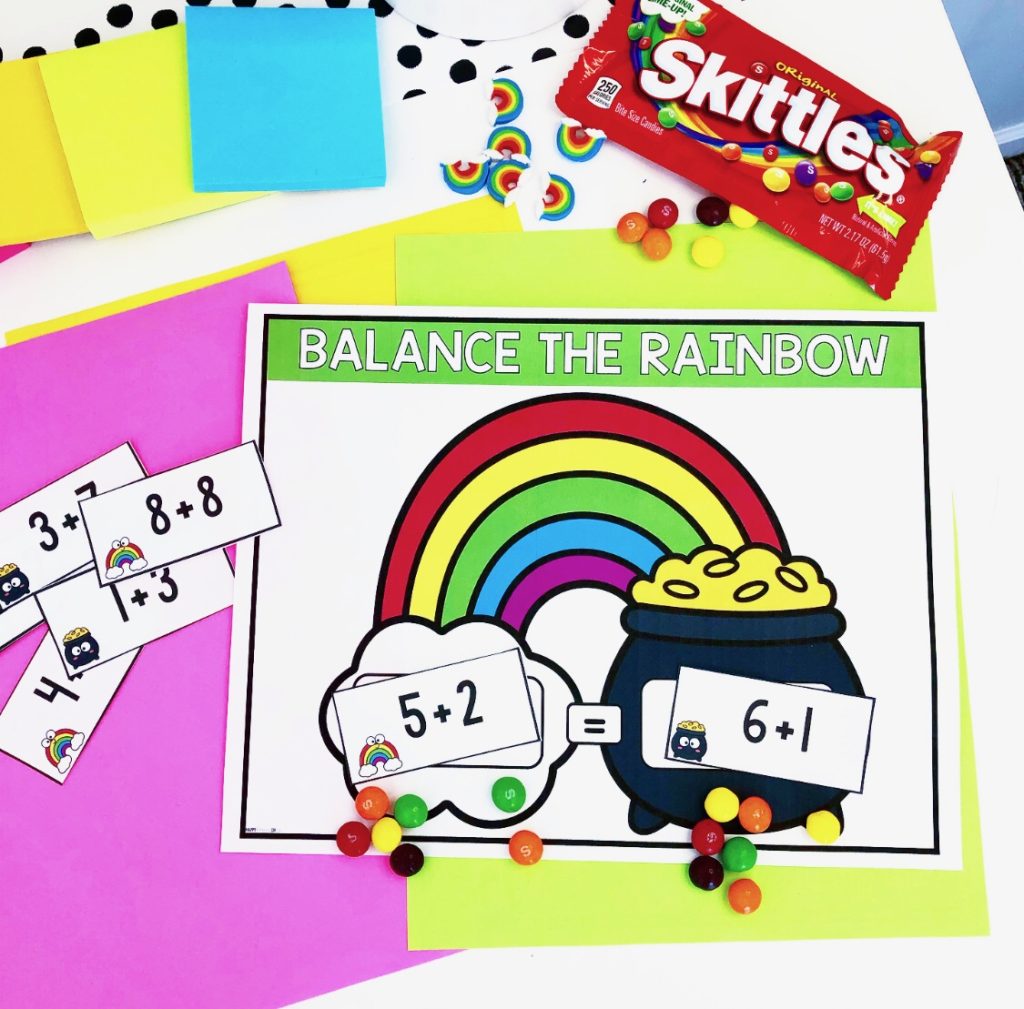
Or sometimes it’s just with a Color By Code to practice fact fluency!
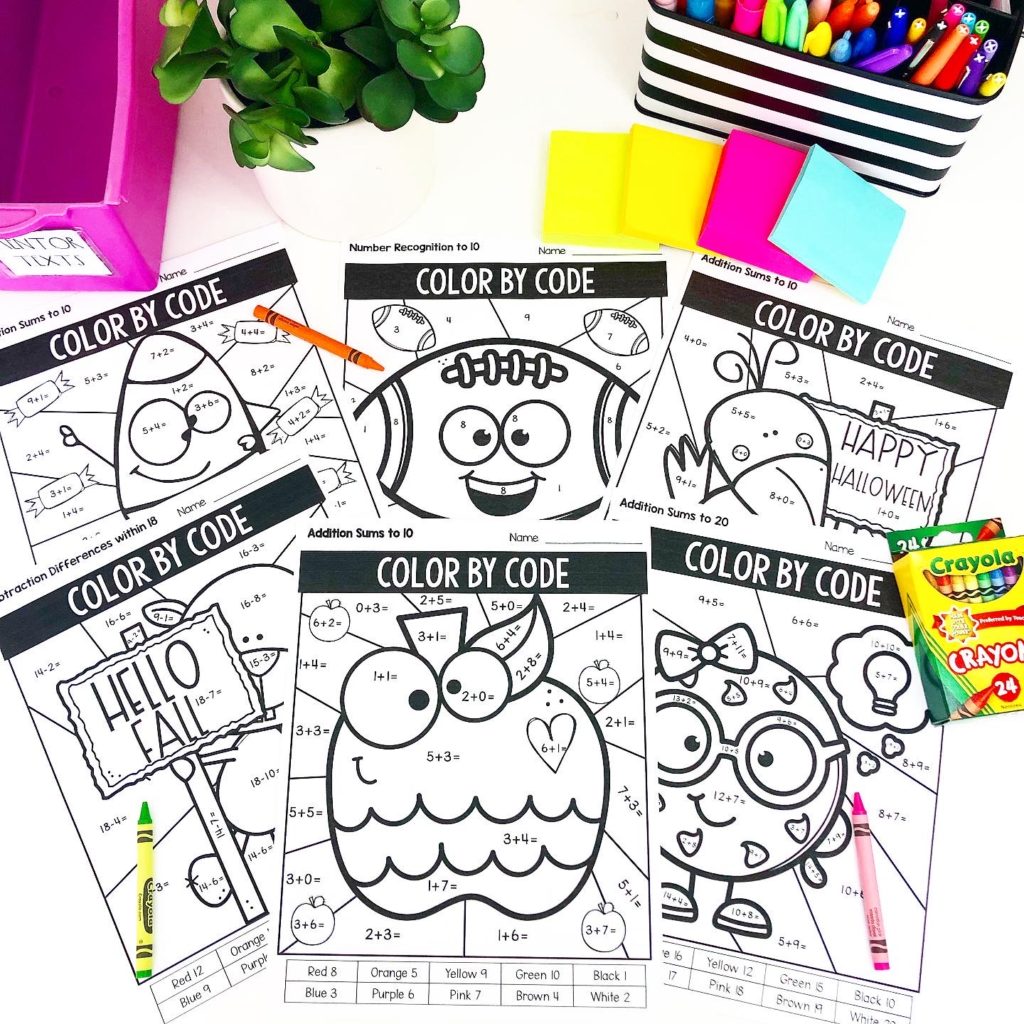
I hope this was helpful for you and gives you some new ideas for your Math Mini Lessons! For lesson planning templates and lots of other Math Workshop Goodies, Make sure you grab this Ultimate Math Workshop Planning Binder for Free! It’s filled with:
- Lesson Planning Templates
- Binder Covers
- Math Center Planner
- Small Group Organizers
- Data Trackers
- And MORE!
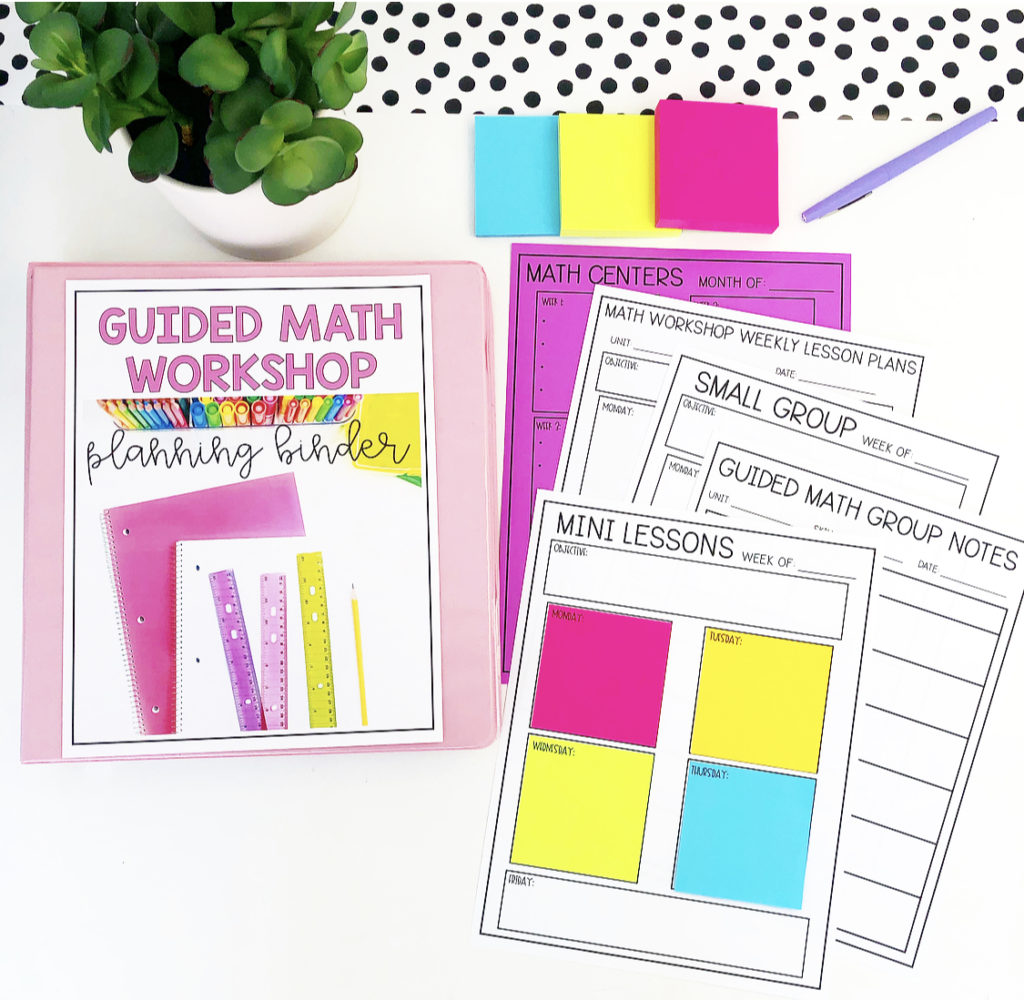
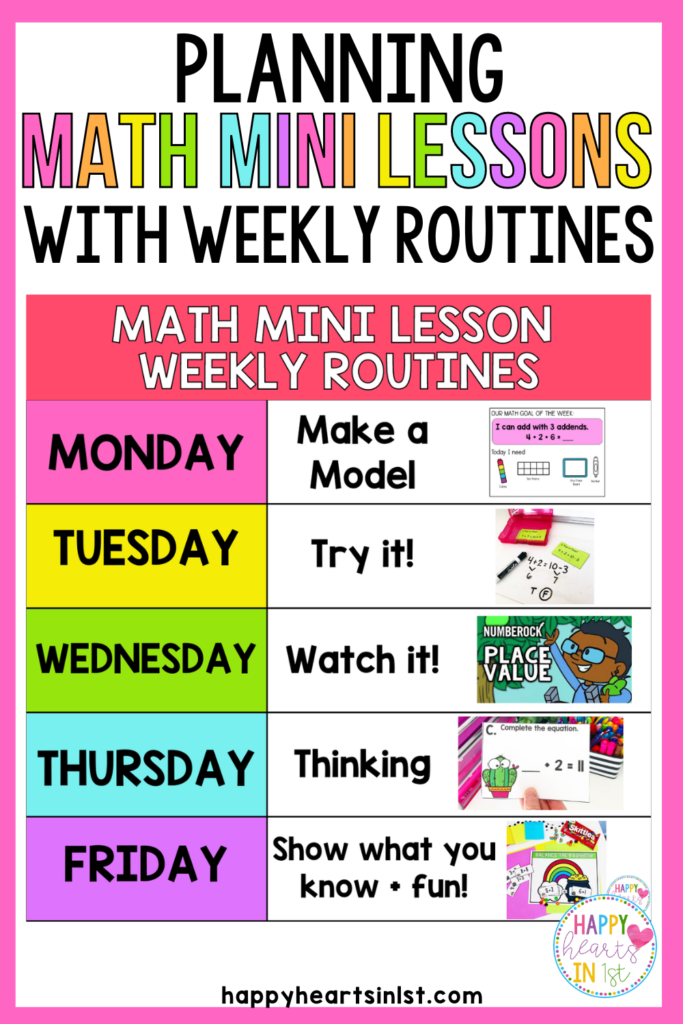


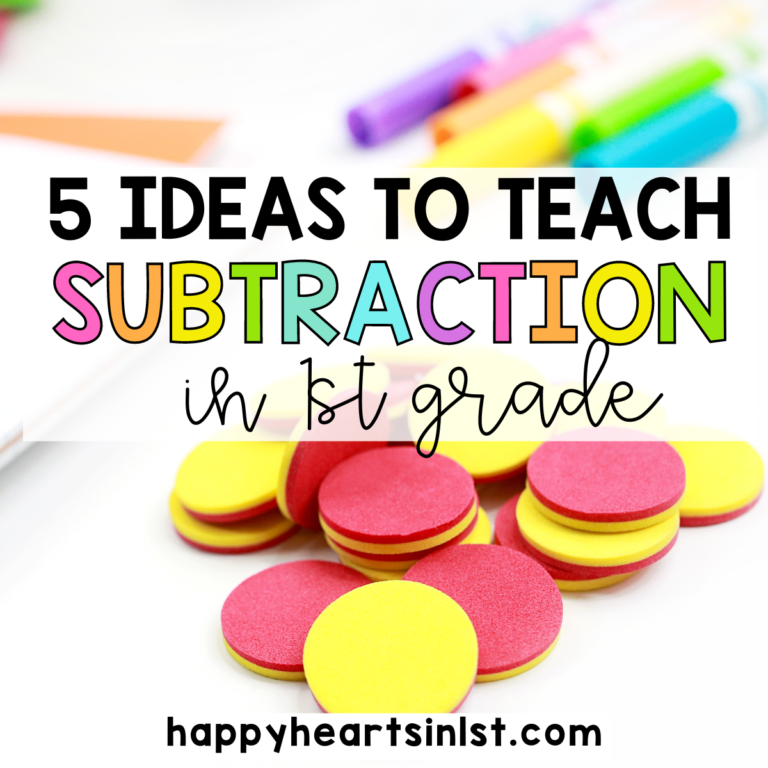
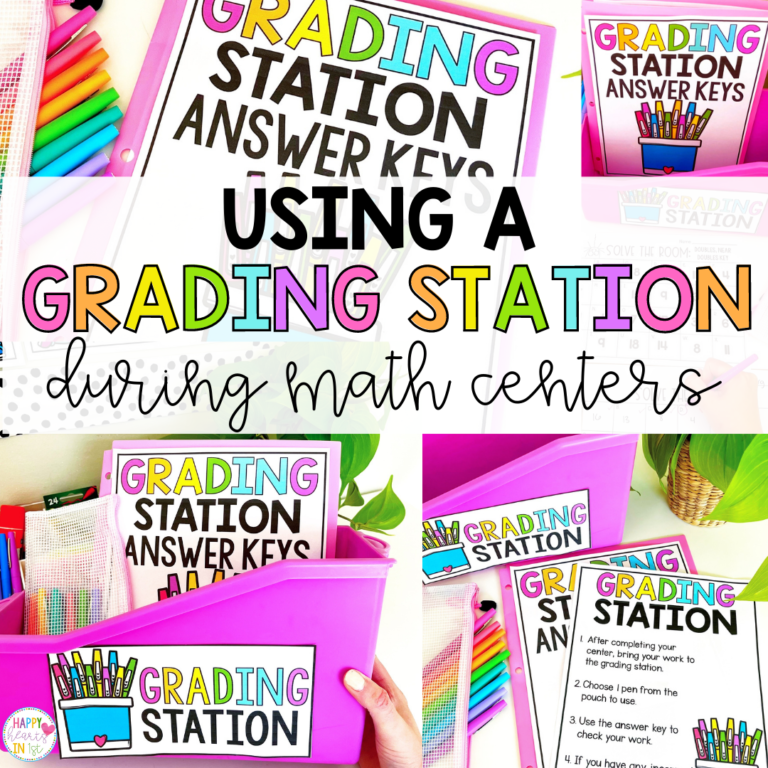
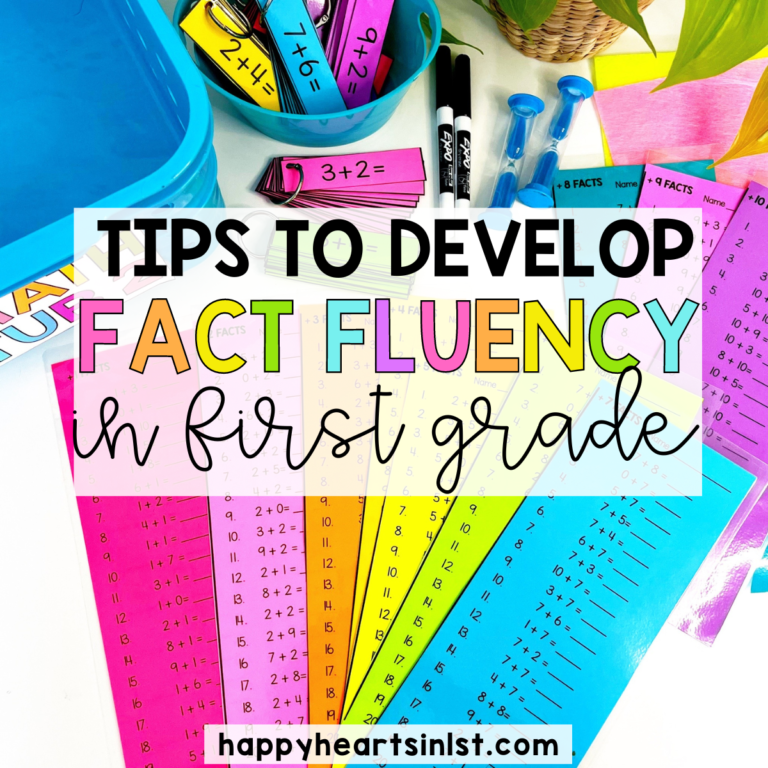
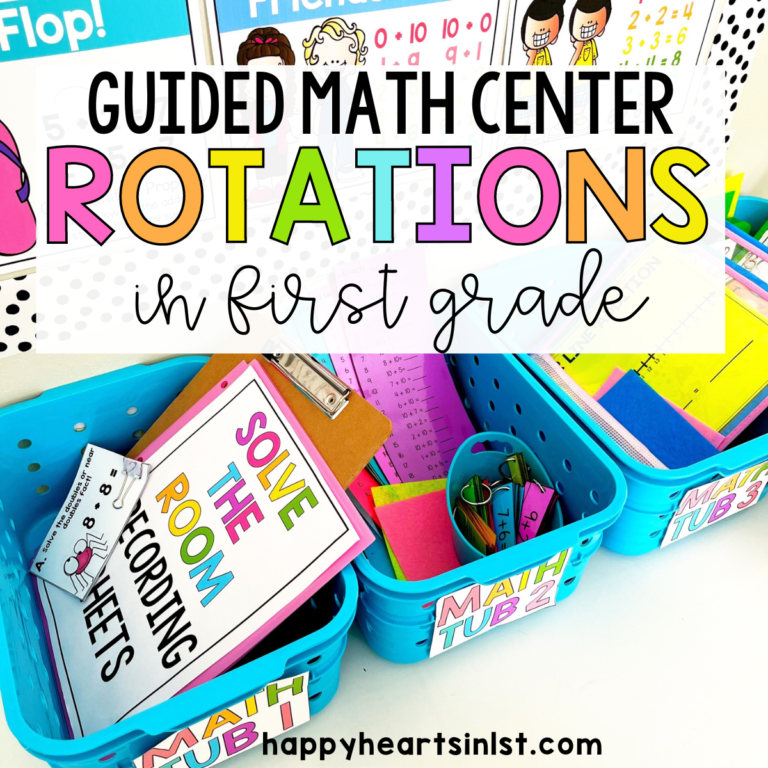
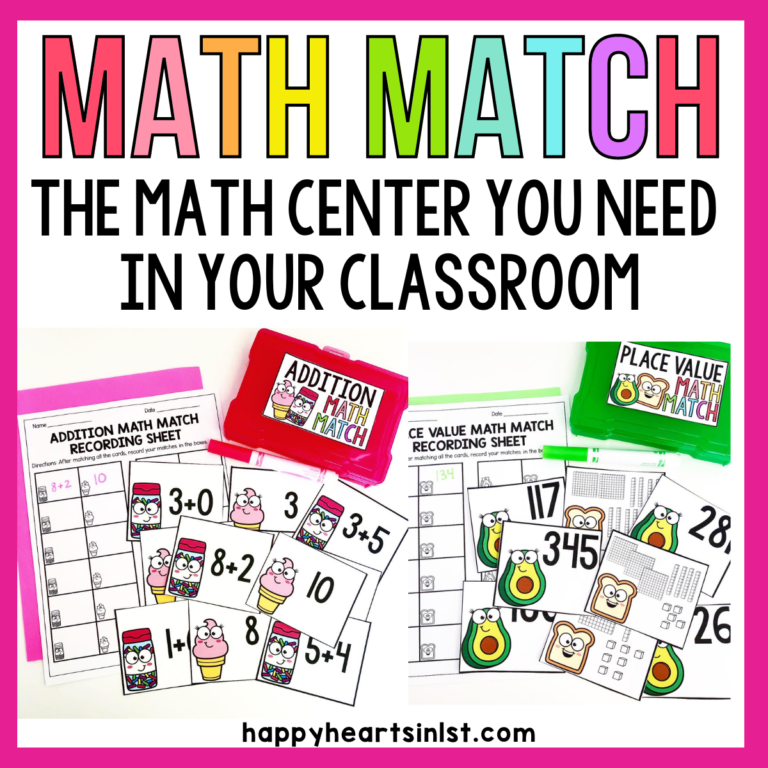
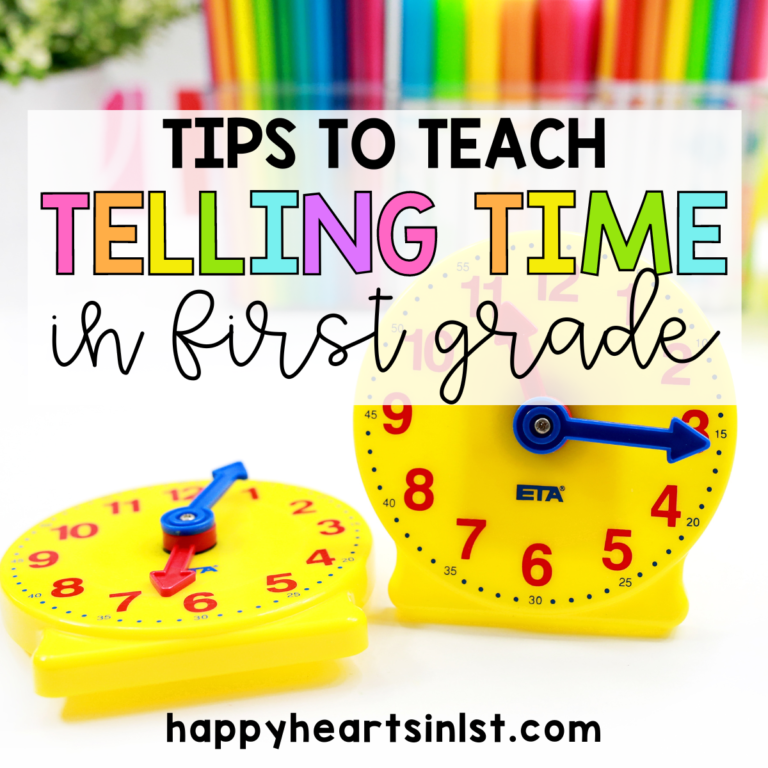

I can’t wait to try this
Thanks so much!